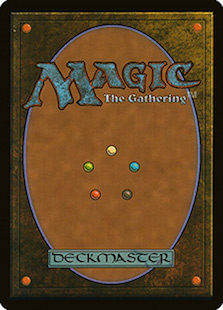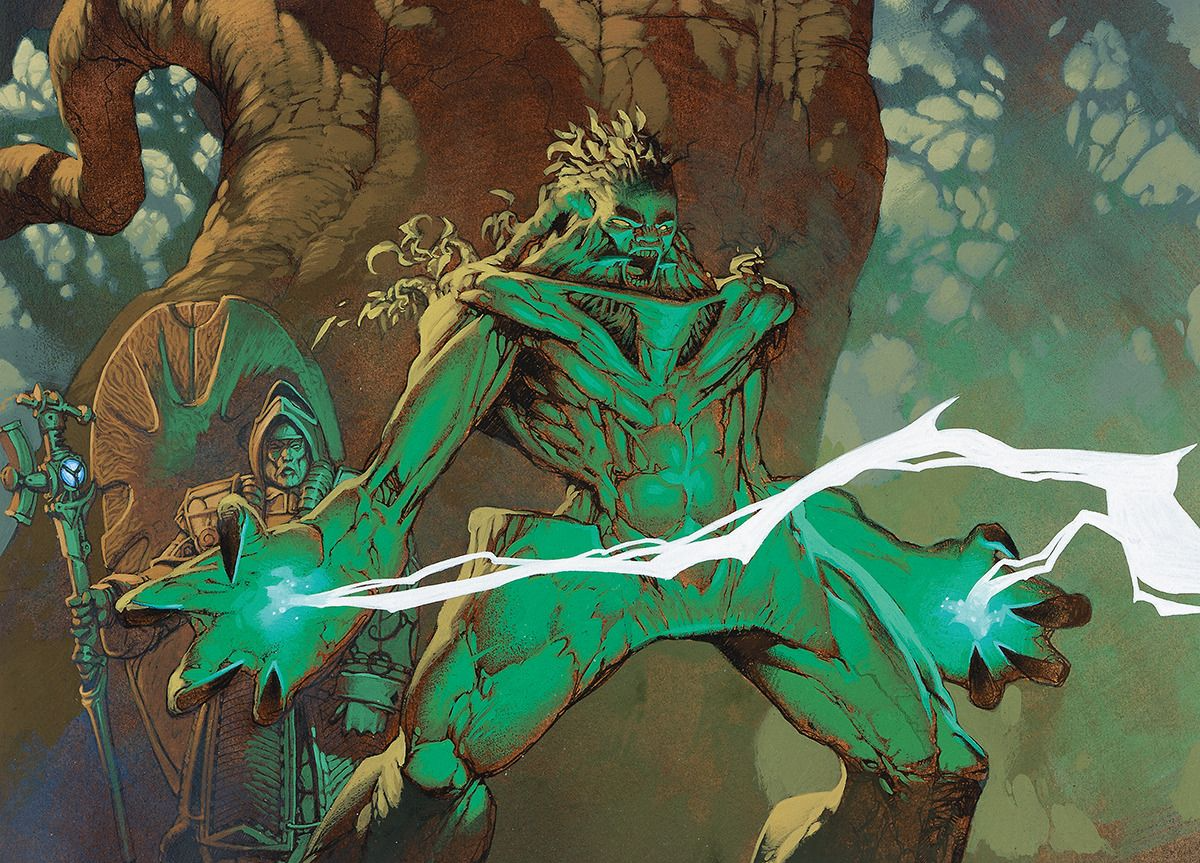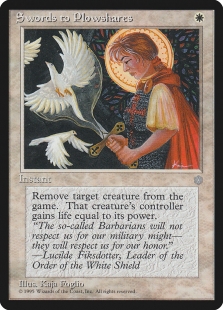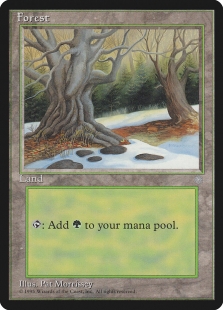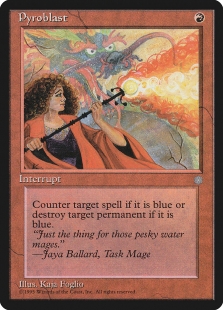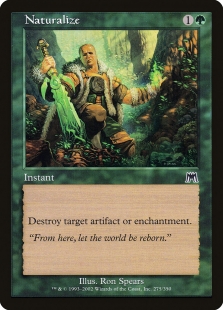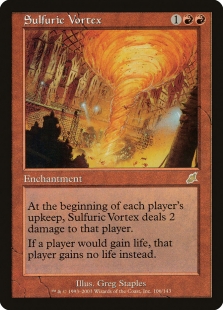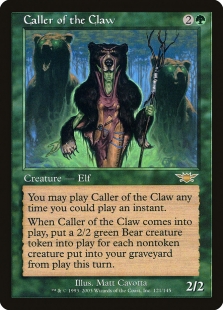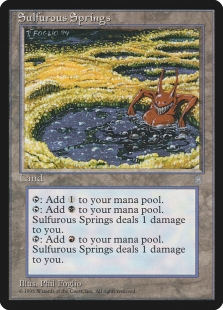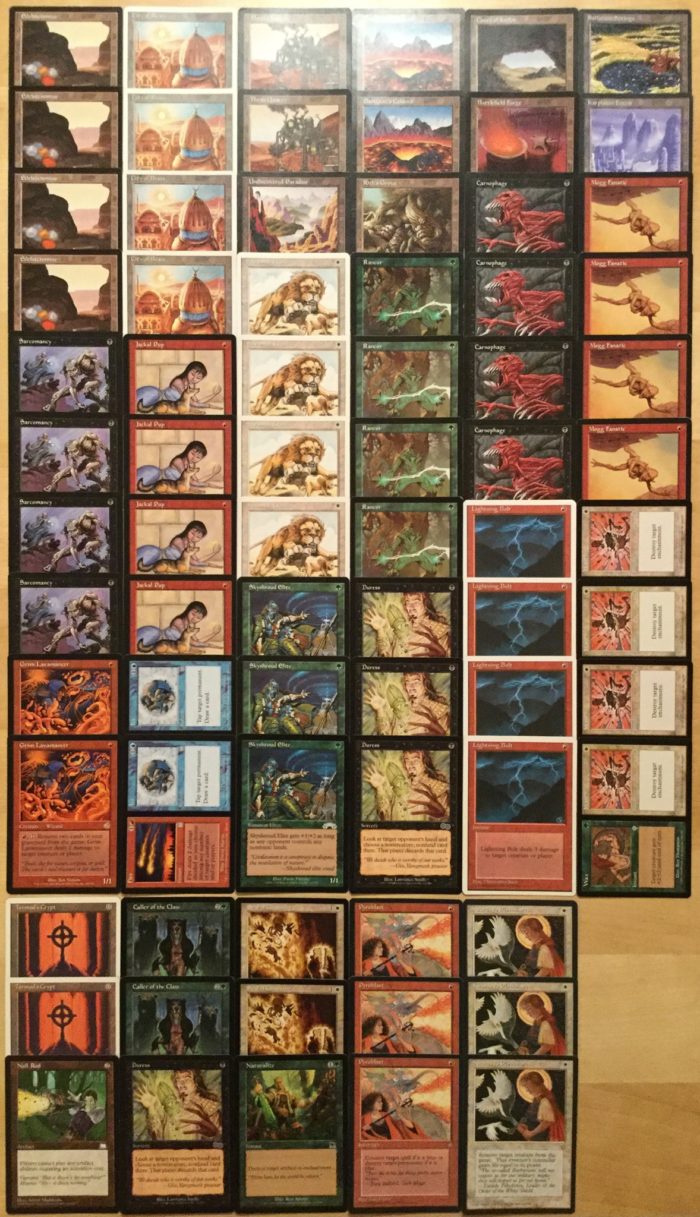Karl Pfeiffer from Germany has written this deck tech about the Zoo archetype. Enjoy! / Martin
If you want to go aggro in Premodern but don’t feel like playing Sligh or one of the already established monocolored or tribal based strategies, Zoo just might be the right deck for you!
What is Zoo?
Zoo is a term that describes an archetype of multicoloured aggro decks, usually featuring three or more colours. A Zoo deck will traditionally play weenie creatures alongside burn and utility spells. The name “Zoo” comes from the variety of different creature types being used, most often animals.
The gameplan is very linear and straight forward: drop creatures and attack with them. If necessary, remove blockers or disrupt your opponent and eventually finish him or her off with burn.
The deck is generating tempo by deploying early threats and tries to “go under” other decks before their more powerful gameplan comes online. In order to reach this goal you have to use your mana as efficiently as possible in the first few turns and you will have to trade in card advantage, life points and other resources to maintain the tempo. To do so you can only afford to include the most efficient creatures and spells that the card pool has to offer.
For a creature, that means it either has to have good stats compared to its converted mana cost (power/toughness > cmc, e.g. Savannah Lions) or it has to have some sort beneficial ability (e.g. Grim Lavamancer or River Boa). A spell has to have an immediate impact on the game and it must be cheap to cast.
This Rith (RGW) Zoo version is a natural starting point. Welcome to the jungle!
Card choices
The backbone of the archetype are the one-mana heavy hitters.


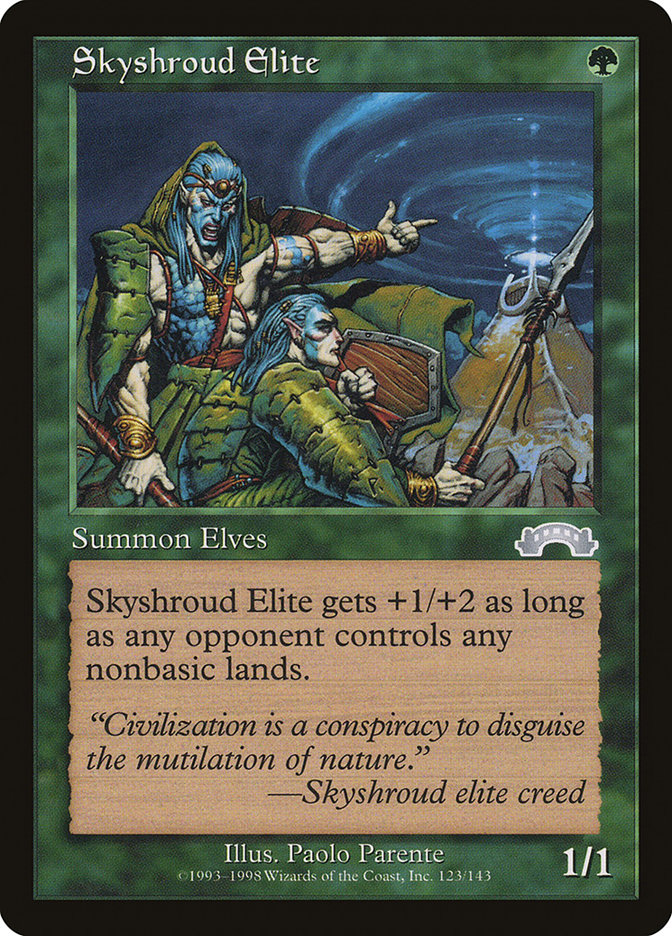
Not having Kird Ape around is kind of a loss for the deck but Jackal Pup and Skyshroud Elite will get the job done too. The latter is somehow good since most of the decks in the format will grant them their +1/+2 and the few decks that can offset their nonbasic lands from hitting the field, to avoid the power-up, usually do that at the cost of a tempo loss, which we’ll be taking advantage of. Having toughness three is also a thing. Once in a while he will be a measly 1/1 though, so I wouldn’t recommend a full playset.
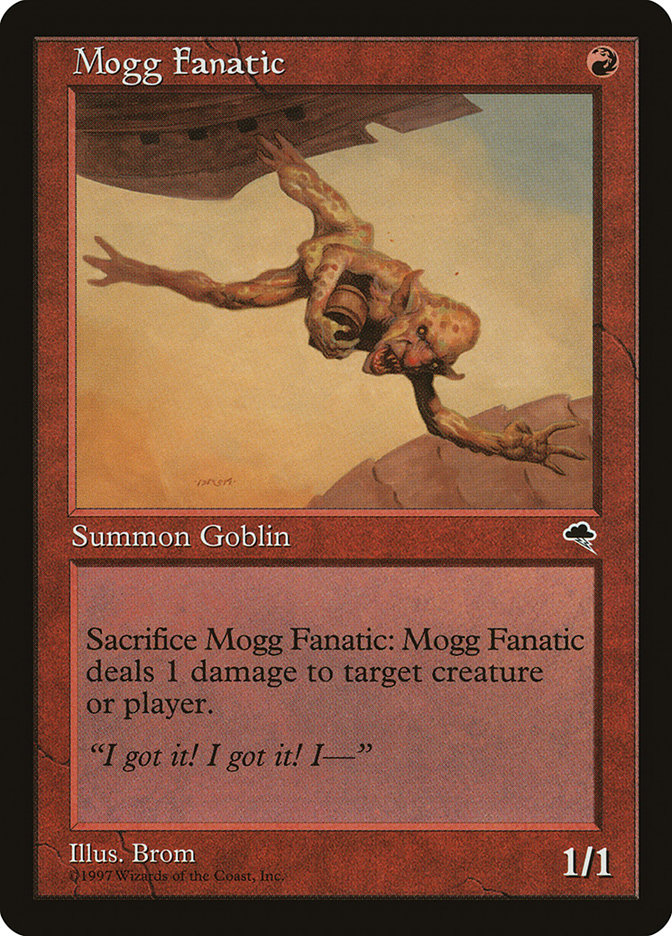

Poor little Mogg Fanatic may not seem very outstanding at first glance but he’s in fact a very powerful piece of interaction: from shooting a turn one Birds of Paradise to preventing your Doomsday playing opponent from comboing off, the one damage can make quite the difference.
But that is peanuts compared to Grim Lavamancer. Despite having an aesthetically pleasing artwork, this angry man gives the deck a way to control the board and is a repetitive source of damage that doesn’t have to connect through combat, which is exactly what you want in the mid and late game. If you get to activate his ability a few times, chances are high that you’re winning.

Two mana is a hefty price tag but River Boa is absolutely worth it. On top of being a complete nightmare for blue mages, its built-in resiliency makes it a threat that many decks have a hard time dealing with.
To further our agenda, we want to complement the creatures with spells that help to reduce our opponent’s life total to zero. First of all we need some burn. Both to get opposing blockers out of the way and to sneak in the last points of damage, of course.
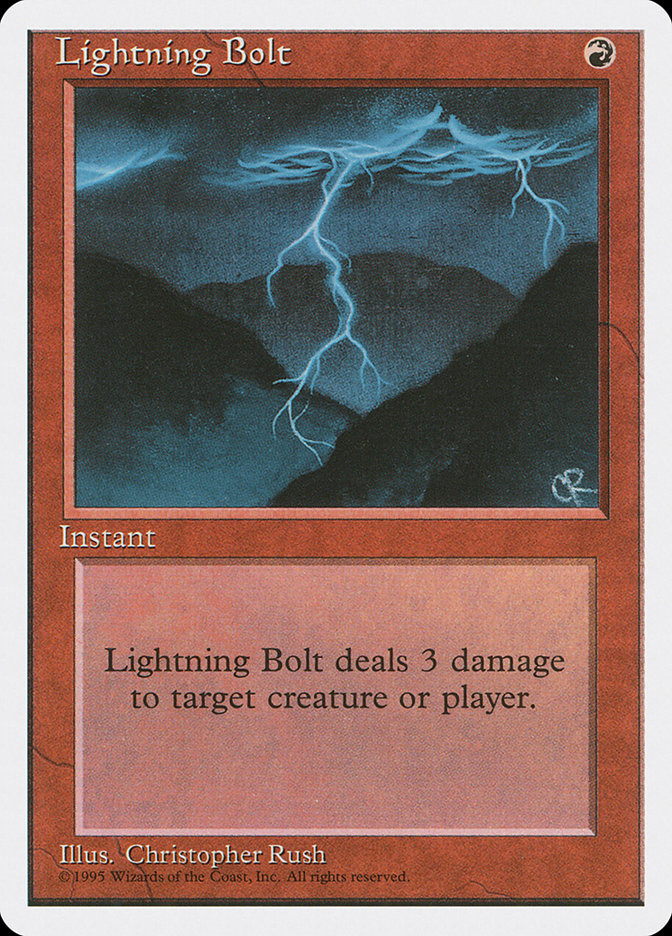


Lightning Bolt is definitely one of the most played and iconic cards in the history of MTG and it’s a no-brainer in this deck. Three damage at instant speed is where we want to be. But unfortunately, the other one mana options are cards like Shock or Firebolt which don’t fit these criteria. That leaves us with Incinerate as our next best choice. The “can’t be regenerated”-clause won’t matter most of the time but it’s something to keep in mind versus cards like Masticore. Cursed Scroll completes the burn suit. It’s nice to have a card that wins in the late game and morevoer it matters that it’s neither a creature nor red.But don’t overpack them—resolving the card is not essential in most matchups and you really don’t want to draw multiples since you would never be able to keep yourself Hellbent (i.e. with an empty hand) and activate two of them in the same turn. And if you can, you’re probably losing anyways.
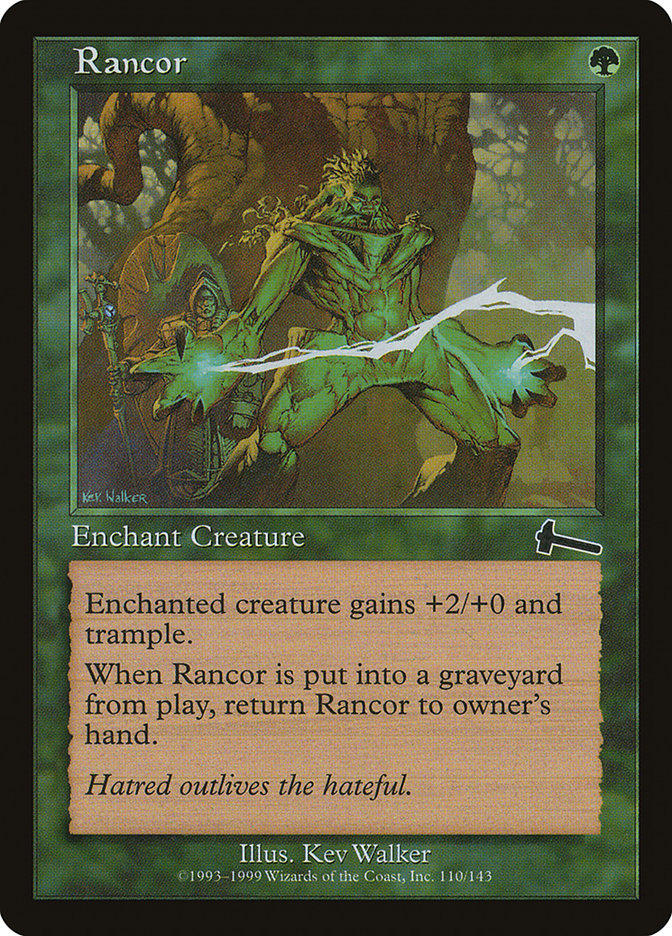
Rancor is a key card in this deck. It speeds up your clock drastically by turning your unimpressive little critters into terrifying monsters. If you, e.g., put a Rancor on a River Boa, you get a threat that some decks cannot handle. Against removal heavy decks or strategies that demand maximum interaction in the early game I would advise you to board some of them out for more useful cards, though.

Although being the best spot removal in the format, Swords to Plowshares might seem a bit out of place in a deck that wants to race the opponent, but we can easily outspeed the lifegain. Having access to this card is one of the reasons to play white in the first place.

I’m not exaggerating when I say that Wax // Wane is the best card in the 75. It gives the deck immense versatility: in one match it acts as a simple combat trick or to deal the last two damage and in another match it single-handedly ruins your opponent’s day. Land Tax, Oath of Druids, Illusions of Grandeur, Survival of the Fittest, Stasis, Solitary Confinement and many more… there are a ton of enchantments that need to be taken care of as soon as possible in Premodern, which almost makes it necessary to play maindeck Disenchant effects. But doing so naturally bears the risk of drawing them in matchups where you don’t need them. Not with this one! Whether it’s in your starting hand or a topdeck, you’re usually happy to see the card.
To keep the possibility of flooding at a minimum, the mana base has to be relatively tight. The low curve makes the deck capable of operating on just a few lands. Seriously, in most games drawing a fourth land is like not drawing a card at all. Depending on the build I would aim for something between 18–20 lands.



The fact that we have to do a lot of mana fixing with a small land count assigns a very important part to City of Brass. When we want to pull off plays like turn 1 Savannah Lions into turn 2 Jackal Pup and Skyshroud Elite our first land drop has to be a land that produces at least two different kinds of mana. Anything else will result in a massive tempo loss and will restrict your options in the first and most crucial turns of the game. The self-inflicted damage can be tough, especially with a draw that contains multiple City of Brass or in a matchup where your own life total is pressured, but you should use it aggressively nevertheless. Greatness, at any cost.
Concerning the pain lands I favored Battlefield Forge and Karplusan Forest over Brushland simply because red is what you need most of. Not being able to add multiple red mana in one turn can put you into quite an awkward situation.


The fetch lands Windswept Heath and Wooded Foothills fix our mana and fuel Grim Lavamancer. Thanks to them we get away with playing only five basics while still being fairly resistant to Wasteland. By the way: Onslaught’s beloved land cycle theoretically enables all of the “friendly” three-colour combinations: Treva, Dromar, Crosis, Darigaaz and Rith (also known by the name of Bant, Esper, Grixis, Jund and Naya among the youngsters / editor’s note). Having these around is a huge deal, even without Brainstorm or dual lands.
The basic land distribution of 2–2–1 feels almost ideal in this configuration. Play less and you will end up with fetches that can’t find anymore lands, play more and you’ll increase the risk of getting mana screwed.
Sideboard
Next to the obligatory cards Naturalize, Seal of Cleansing and Tormod’s Crypt, the sideboard is mostly filled with tools to mitigate this deck’s weakness to control strategies such as UW Standstill or the Rock.
• Caller of the Claw is our insurance against sweepers like Pernicious Deed or Wrath of God. If the card resolves, we’re probably going to win as soon as we untap.
• Sylvan Library guarantees to keep things running and is even better with fetch lands.
• Sulfuric Vortex puts a lot of decks in a very difficult position, especially since most people won’t bring in much enchantment hate against us.
• Pyroblast is a neat way to get rid of all the pesky blue spells and permanents that are roaming this format. In terms of mana you will almost always trade profitably when you use the card. Very powerful ever since.
• Simoon is a one-sided boardwipe against decks like Elves but it can also catch your opponent off guard after he or she cycled their Decree of Justice.
Some of the cards are flex-slots, however, and there is room to adept to a certain meta. Adjust accordingly.
Five-colour Zoo
Speaking of meta, if yours is full of fancy control or even fancier combo decks, you might want to step up your game. Rith Zoo is a timeless classic but it has its limits, so let’s max out!
This colourful deck goes all-in on the one-drops. It comes out of the gates very fast and it has no mercy on a stumbling opponent (which we can assist in with the highly disruptive spells we’re bringing along).
What the two decks have in common are mostly the creatures and the fundamental business spells.
The main difference to the RGW version is the inclusion of black for Carnophage, Sarcomancy and Duress.
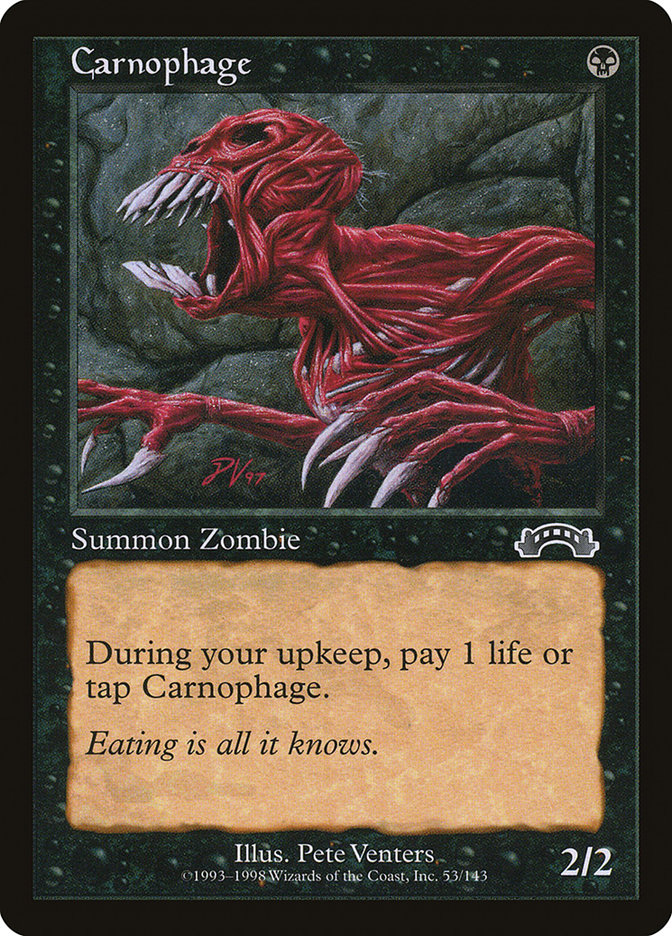
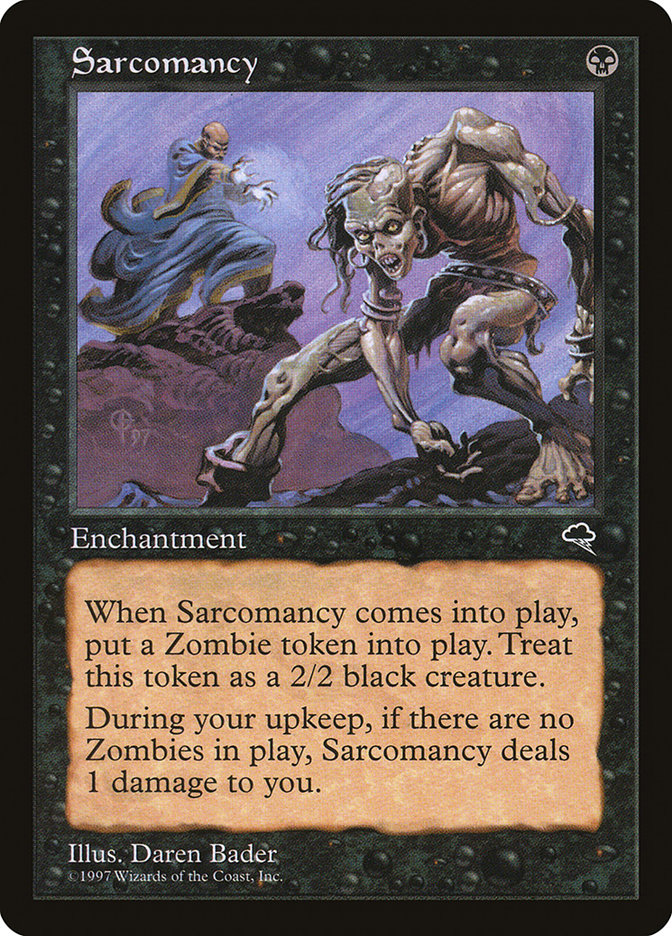

The zombies are pretty self-explanatory. 2/2’s for one mana with only minor drawbacks? Yes sir!
With these, the creature count is raised to 25 to make sure there’s always enough gas.
Duress might be the biggest addition. It’s an universal answer that solves a lot of problems, messing with your opponent’s plans and obtaining information. I never want to let go of it again.

Two copies of Fire // Ice. 9 out of 10 times you just shoot at stuff, but once in a while you tap down an Exalted Angeland swing for lethal.
To be able to pay for all of that, our mana base comes with the price of being all non-basic. This makes us a bit weak to Wasteland. But the fact that the better part of our lands is five-coloured combined with a curve that allows us to play a decent game of Magic with 1–2 mana sources cancels that out to a certain degree. Each of the lands has a heavy yet manageable downside.
The life loss that is caused by the pain lands is not an issue in the majority of matchups.



The short durability of Gemstone Mine is mitigated by the Lair lands Darigaaz’s Caldera and Rith’s Grove. The setback is something we can live with. The same goes for Undiscovered Paradise.
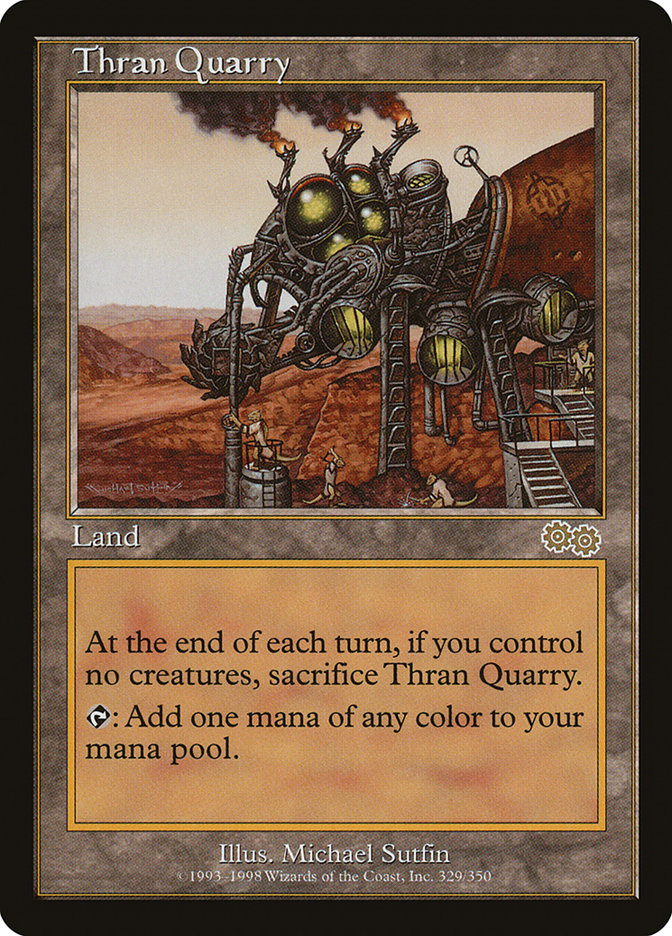
Thran Quarry is our best and our worst land at the same time. On one hand, it produces unconditional and painless mana but on the other hand it is a risky move to play it on turn one against many decks and a sweeper does not only clear our board but will also cost us a land. Even though the mana base may look a bit fragile on paper, it is indeed very consistent and performs when it counts.
Swords to Plowshares went to the sideboard because you can handle the average turn 1–4 creature with burn or combat tricks. But we still need the effect from time to time and this card trumps the other possible options like Terminate and Vendetta.
We have a single Null Rod to slow down decks that abuse artifact mana, like Storm or Tinker strategies, and to protect ourselves from stuff like Powder Keg and Masticore.


While not included in this list, having access to blue opens up a bunch of interesting possibilities for our sideboard: Hydroblast, Meddling Mage and Stifle are very appealing contenders for a slot.
Conclusion
Zoo is an often underappreciated archetype that doesn’t receive as much love as other decks do but it is remarkably strong and can be quite rewarding in the hands of a skilled and experienced pilot. Zoo has fairly good game against many decks that are considered to be top tier and it can probably beat any strategy out there. If you are looking for interactive games that are intense, thrilling and fun, go pick up a Zoo deck!
Let’s conclude with a pic of my five-colour version.
Until next time!
– Karl
As usual, you’re welcome to discuss this article in the Premodern social media channels.
